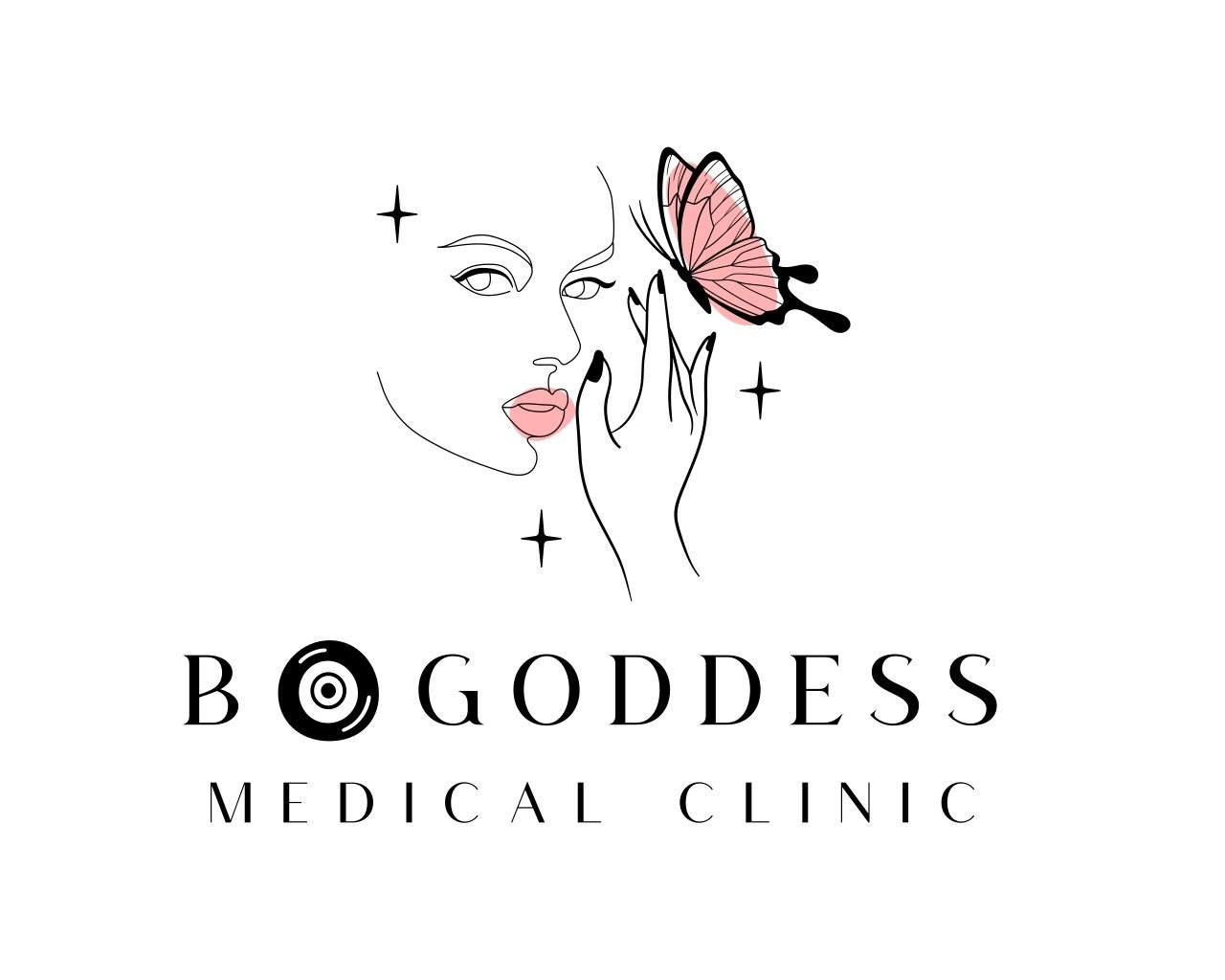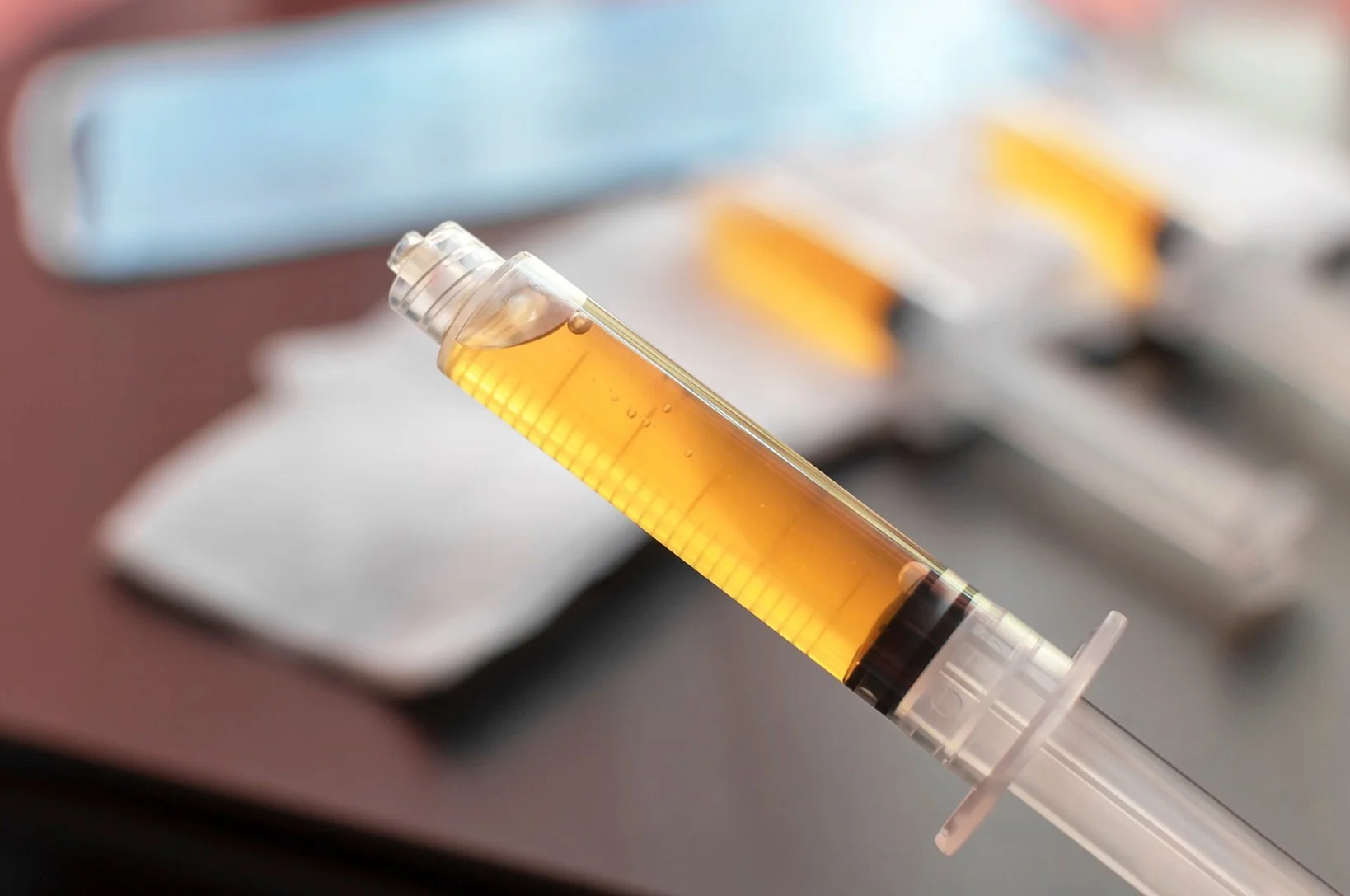Platelet-Rich plasma (PRP) consists of two elements: plasma, or the liquid portion of blood, and platelets, a type of blood cell that plays an important role in healing throughout the body. To create platelet-rich plasma, clinicians take a blood sample from the patient and place it into a device called a centrifuge that rapidly spins the sample, separating out the other components of the blood from the platelets and concentrating them within the plasma.
Microneedling or Injection Application
The application phase is where the true transformation begins, as the PRP is introduced to your skin:
Microneedling Treatment
A microneedling device creates tiny, controlled micro-injuries on the surface of your skin. This process stimulates your body’s natural healing response, increasing the absorption of PRP.
As the PRP is applied over the treated areas, it seeps into the micro-channels created by the microneedling, maximizing its impact on collagen production and cellular renewal.
This technique is ideal for treating larger areas, like the forehead, cheeks, jawline and neck.
Direct Injection
In some cases, PRP is directly injected into targeted areas to address specific skin concerns, such as fine lines around the eyes, nasolabial folds and deep acne scars.
These injections ensure that the PRP is delivered precisely where it is needed for optimal results.
Combination Approach. Depending on your goals, it is possible to combine microneedling with direct injections for a comprehensive treatment.
Stimulates Hair Growth
PRP is considered a safe, effective, steroid sparing and a new therapeutic option for hair loss.
Frequently Asked Questions:
Is PRP painful?
Small scalp injections cause mild discomfort. Numbing cream is used.How long does it take to see results?
Most patients notice improved hair texture and thickness after 3–6 sessions spaced a month apart. Peak results may take 6–12 months.How many sessions are needed?
Usually 3–6 initial sessions, followed by maintenance every 3–6 months.
Typically spaced 4–6 weeks apart.Are there risks?
Minimal, since PRP uses your own blood. Temporary redness or swelling may occur post-treatment.
References
https://www.hopkinsmedicine.org/health/treatment-tests-and-therapies/plateletrich-plasma-prp-treatment
https://bergencountymedicalspa.com/what-happens-during-a-prp-plasma-facial-session-a-step-by-step-guide/
https://pmc.ncbi.nlm.nih.gov/articles/PMC8922312/
https://www.revitalyzemd.com/prp-hair-loss-treatment-how-platelet-rich-plasma-and-prf-stimulate-hair-regrowth/
https://www.nvaesthetics.co.uk/product/deluxe-prp-therapy-full-facial-and-neck



